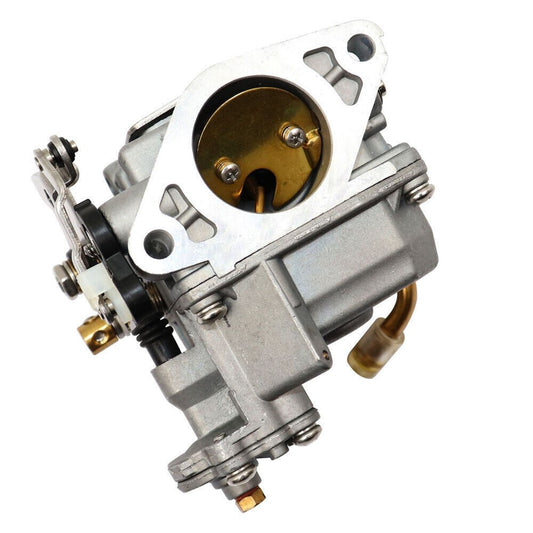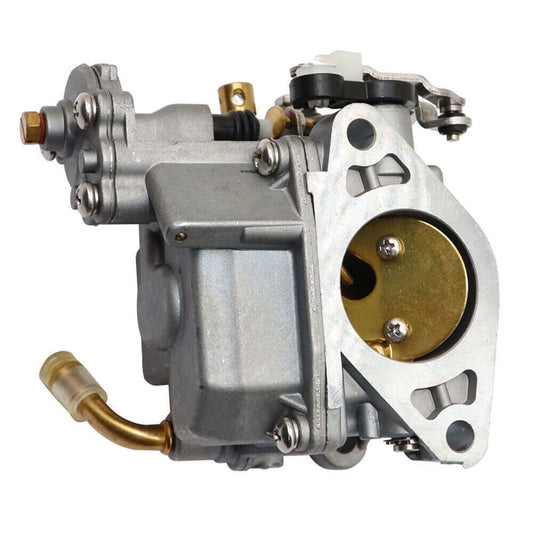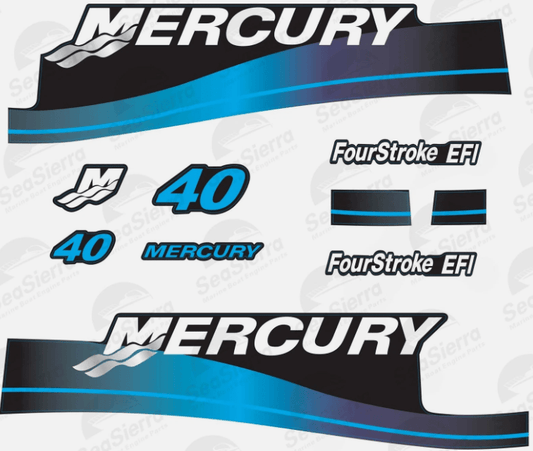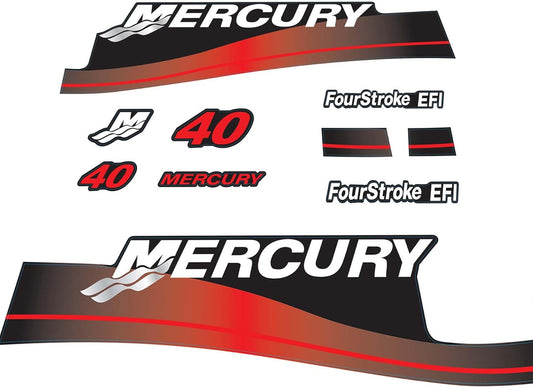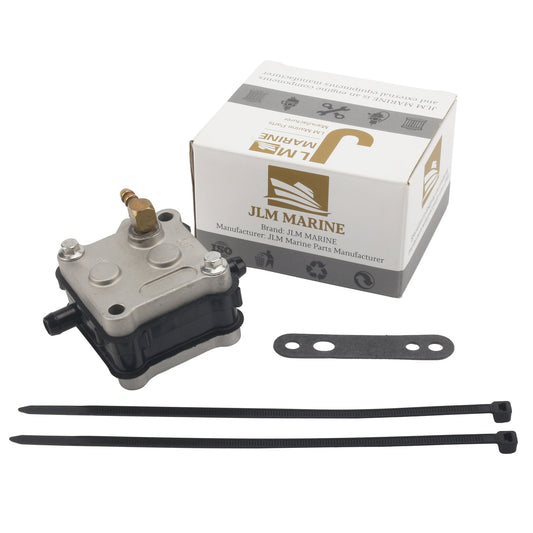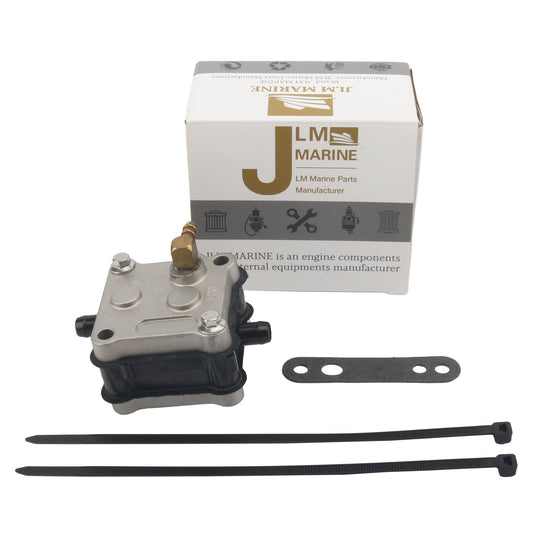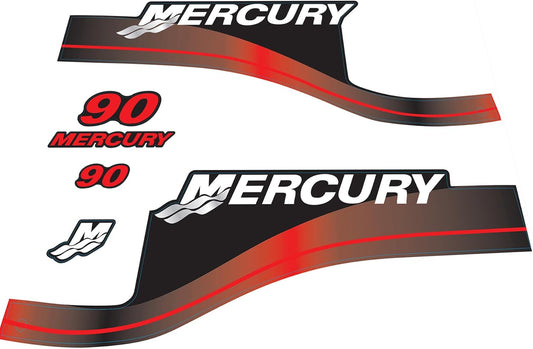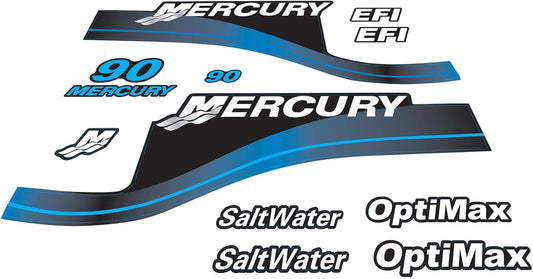Global Marine Market Analysis: Trends, Opportunities, and Challenges
The global marine market has witnessed a series of ups and downs over the past decade. From the slow but steady recovery in the US market to turbulent economic shifts in regions such as Brazil and the Gulf, various factors have shaped the current landscape of boating and marine equipment. In this analysis, we dive into a comprehensive overview of key regions—including North America, South America, Europe, and Asia—to provide clear insights on market trends, challenges, and potential opportunities. This article is designed to be SEO-friendly by highlighting clear insights, structured information, and actionable points for enthusiasts and industry professionals.
1. Introduction to Global Marine Market Dynamics
The marine industry is a diverse ecosystem, comprising boat manufacturing, marine equipment production, marine services, and the rapidly evolving leisure boating sector. Several underlying factors influence growth in this sector:
- Economic Cycles: Consumer confidence, GDP growth, and currency fluctuations have a direct impact on boat sales and service expenditures.
- Technological Innovation: Continuous development of efficient equipment, eco-friendly engines, and digital features helps maintain competitiveness.
- Regional Trends: Market performance varies widely between developed and emerging regions—the trends in North America differ greatly from those in Southeast Asia or South America.
- Government Policies: Import duties, tax incentives, and infrastructural investments all play key roles in shaping market dynamics.
This article synthesizes insights from multiple market overviews dated from 2013 to 2015 and provides an independent analysis tailored for the B2C visitors of JLMMarine.
2. Regional Market Insights
2.1 United States: A Market on the Rise
The US marine sector exhibits a mixed but ultimately optimistic picture. As one of the world’s largest boating markets, recovery in new-boat sales is gradually taking shape. Important factors include:
- Consumer Confidence: Indicators such as improved consumer sentiment and housing market gains correlate with boat purchase activity.
- Aftermarket Growth: With accessory and equipment sales approaching pre-recession levels, the US aftermarket has seen significant growth (e.g., reported increases from $4.9bn to $5.6bn over recent years).
- Innovations and New Launches: Numerous new product entries and trade show highlights point to an environment ripe for technological innovation and improvement in service quality.
While traditional boat segments such as entry-level sterndrives are still experiencing challenges, high-end cruisers and specialized equipment continue to push the envelope. Manufacturers are adopting leaner production and cash management systems, and targeted R&D investments are gradually driving optimism even in the face of economic headwinds.
2.2 Brazil: Economic Uncertainty and a Rapid Market Shift
Brazil’s boating industry has undergone an extreme turnaround in recent years. Key takeaways from market overviews include:
- Significant Sales Declines: New-boat sales in certain categories have dropped by 30%–40% within a year, reflecting the negative influence of domestic political and economic turmoil.
- Segment Divergence: While larger, high-end yachts have seen a relative increase in orders, particularly in the segments above 60ft, other segments have experienced a steep slide.
- Foreign Involvement: International brands with stronger financial backing continue to maintain their market presence, even as domestic operators struggle with production cost pressures and reduced consumer purchasing power.
Overall, Brazil’s outlook remains cautious, with forecasts hinging on political stability and gradual economic recovery. Both domestic and export markets hold potential if the country can overcome its economic challenges.
2.3 The Gulf Region: Opportunities Amid Political and Economic Shifts
The Gulf boating market is characterized by its high affinity for luxury marine products combined with cyclical economic pressures:
- Economic Influences: Low oil prices, coupled with stronger fiscal conservatism and tightening of budgets, have exerted substantial pressure on boating budgets in the Gulf States.
- Marina Development: New marina projects such as the Sabah Al Ahmad Sea City are set to transform berthing dynamics and boost demand for larger vessels, particularly in markets like Kuwait and the UAE.
- Security and Regulatory Challenges: Increased security measures and stricter regulations by coast guards have made leisure boating more complex, thereby affecting overall market sentiment.
While short-term market recovery is tied closely to oil price recovery and regional political stability, the long-term potential remains robust, with strong government investment in infrastructure and mega projects.
2.4 Italy and the European Maritime Scene
Italian boatbuilders and equipment manufacturers have experienced a slow but steady recovery after a prolonged period of crisis. Highlights include:
- Incremental Growth: Recent sales increases of between 5% to 10% for many companies signal an evolving market trend. The recovery is driven by renewed domestic interest and an expanding export business.
- Innovation and Corporate Overhaul: The crisis led many companies to reinvent themselves through aggressive new product development and diversification of markets.
- Government Support: Policy adjustments, such as tax reforms on boat ownership and marina operations, have provided additional relief, spurring cautious optimism throughout the sector.
Despite total industry turnover still being significantly lower than the pre-crisis peak, the qualitative change in strategic focus is setting the stage for a revitalized future in European boatbuilding.
2.5 Mexico: An Emerging Market with Untapped Potential
Mexico’s boating industry presents a unique case. Despite a modest domestic market, several factors contribute to its intriguing prospects:
- Cross-Border Trade and Import Policies: With minimal tariffs under NAFTA and favorable Temporary Import Permits, Mexican boat importers benefit from lower operational costs.
- Limited Domestic Production: With few recreational boat builders, the market is largely driven by imports from the US and Europe, creating opportunities for high-end equipment suppliers.
- Sales Growth and Strategic Partnerships: Recent improvements in dealer networks and growing sales figures for leading brands suggest that Mexico may evolve into a significant boating hub in Latin America.
Challenges remain, however, such as limited dealer infrastructure, security concerns, and a need for more marinas. In aggregate, these factors underscore the potential for long-term growth.
2.6 Southeast Asia: Diverse Markets Poised for Expansion
Southeast Asia’s marine market is varied and regionally fragmented, yet its potential is immense:
- Regional Diversity: Countries such as Singapore, Hong Kong, Thailand, and Indonesia exhibit different dynamics in boat ownership, marina development, and consumer behavior.
- Marina Infrastructure and Accessibility: A shortage of berths in key markets like Singapore and Hong Kong has driven both demand for new marina projects and creative solutions in boat sales.
- Economic and Regulatory Drivers: Ongoing government initiatives to deregulate and reduce taxes—as well as efforts by industry associations to champion the benefits of leisure boating—are essential for spurring growth.
The amalgamation of high GDP per capita, strong tourism industries, and favorable weather conditions point to a vibrant future. However, hurdles such as bureaucratic barriers and security considerations must be addressed to unlock the full potential.
2.7 The United Kingdom: Traditional Strengths and Adjustments
The UK marine industry continues to generate significant revenue, albeit with modest growth:
- Stable Economic Environment: Low interest rates, stable inflation, and renewed consumer spending have provided a solid foundation for the industry’s resilience.
- Diverse Product Segments: While luxury motorboats face challenges, the smaller craft, dinghies, and recreational boats have seen improved sales, balancing the market performance.
- Export and Innovation Focus: UK boatbuilders are increasingly optimising their products for both domestic and international markets through technology investments and design improvements.
Even as some historic players face adversity, strategic investments in R&D and diversifying product portfolios have kept the sector on a steady growth path.
2.8 The Netherlands: A Model of Quality and Export Excellence
Dutch boatbuilding has long been synonymous with quality design and innovative production :
- Export-Driven Growth: Thanks to a low euro environment and strong emphasis on quality, many Dutch manufacturers are refocusing on international markets, particularly the lucrative US segment.
- Infrastructure Investments: Ongoing investments in new factories, production halls, and drydock facilities signify strong confidence in long-term growth.
- Collaboration and Consolidation: Recent acquisitions and collaborations within the industry are reinforcing the Netherlands' reputation as a center of excellence for custom builds and superyacht projects.
The combined effect of sustained innovation and strategic reinvestment is setting the stage for further international success.
2.9 Uruguay: Small but Promising in South America
Although Uruguay’s domestic market is much smaller compared to major global players, its marine sector holds unique advantages:
- Geographic Position and Infrastructure: With world-class port facilities, extensive inland waterways, and a strategic position within MERCOSUR, Uruguay serves as an ideal gateway into the South American market.
- Diverse Mooring and Support Facilities: The country has invested in a network of yacht clubs, marinas, and on-water berthing facilities that continue to attract both local and foreign boaters.
- Favorable Import Regulations: Tax incentives for boat imports and engine equipment have spurred activity in both the new and pre-owned sectors.
While the overall volume remains modest, steady expansion is evident, and industry stakeholders remain optimistic about future growth.
3. Key Challenges and Opportunities
Across the regions reviewed, several challenges recur, while opportunities for growth are apparent:
- Economic Uncertainty: Political instability, fluctuating exchange rates, and changes in fiscal policy often delay consumer decisions. In several regions—such as Brazil and parts of Southeast Asia—economies are still trying to recover.
- Regulatory Barriers: High import duties, complex customs procedures, and tight security measures (especially in the Gulf and Asian markets) can discourage potential buyers.
- Technology and Innovation: Continuous investment in R&D and modern production techniques is essential. Innovative product developments in marine accessories and boat design have become key differentiators for growth.
- Infrastructure Deficits: Many rapidly growing markets are facing a shortage of marina berths and inadequate docking facilities. Expansion projects and government-backed initiatives could address these gaps.
- Market Fragmentation: In regions like Southeast Asia, a fragmented market structure hinders the development of a unified boating culture. Coordination among industry associations and enhanced distribution networks will be critical.
Addressing these challenges presents an opportunity for both manufacturers and service providers to capture a larger share of the global marine market. By leveraging expertise in technology, quality, and customer service, industry participants can turn these obstacles into drivers of innovation and improved performance.
4. Strategic Recommendations for Industry Stakeholders
Based on the comprehensive analysis of various regional markets, the following strategies are recommended for industry stakeholders to boost growth and capitalize on market potential:
-
Invest in Product Innovation:
Companies should focus on developing technologically advanced and eco-friendly systems, streamline production processes, and enter strategic partnerships to enhance aftersales support. New products—ranging from next-generation outboards to integrated connectivity systems—can serve to counteract saturated segments.
-
Strengthen Dealer and Distribution Networks:
Enhancing dealer representation and ensuring reliable service infrastructure is essential. Investments in training programs and quicker logistics (e.g., overnight parts delivery) will further empower distributors, especially in emerging markets like Mexico.
-
Enhance Marine Infrastructure:
Government and private sector collaboration is encouraged to alleviate the shortage of marina berths in crowded markets. Targeted public investments and regulatory reforms can help create the facilities needed to support increasing boat ownership.
-
Pursue Export Markets:
For European manufacturers, targeting markets such as the United States becomes increasingly attractive due to favorable exchange rates and high-quality demand. Expanding global reach through strategic trade shows and international marketing will be vital.
-
Adopt Agile Business Models:
Lean management, strict inventory control, and cost-effective cash management strategies have proven successful during economic downturns. Industry players should continually review their operations to maintain competitive advantage in volatile markets.
5. Conclusion
The marine market, across regions as diverse as the US, Brazil, the Gulf, Europe, Southeast Asia, and South America, presents a mosaic of opportunities and challenges. Despite periodical economic slowdowns and a myriad of regulatory hurdles, there is a clear path forward for stakeholders who invest in innovation, build strong dealer networks, and proactively adapt to changing market conditions.
For businesses looking to connect with an engaged audience and drive sales—especially in the premium B2C segment—an in-depth understanding of these market dynamics is essential. With continuous technological advancement, evolving consumer trends, and strategic global investments, the marine industry is poised for a future of stabilized growth and renewed consumer enthusiasm.
JLMMarine stands ready to serve as a platform where these trends converge, offering high-quality products and informed market insights that empower boaters and marine enthusiasts worldwide.
By staying agile and seizing the opportunities within each unique regional market, industry stakeholders can transform challenges into growth, ensuring that the global marine market remains robust and dynamic in the years to come.

